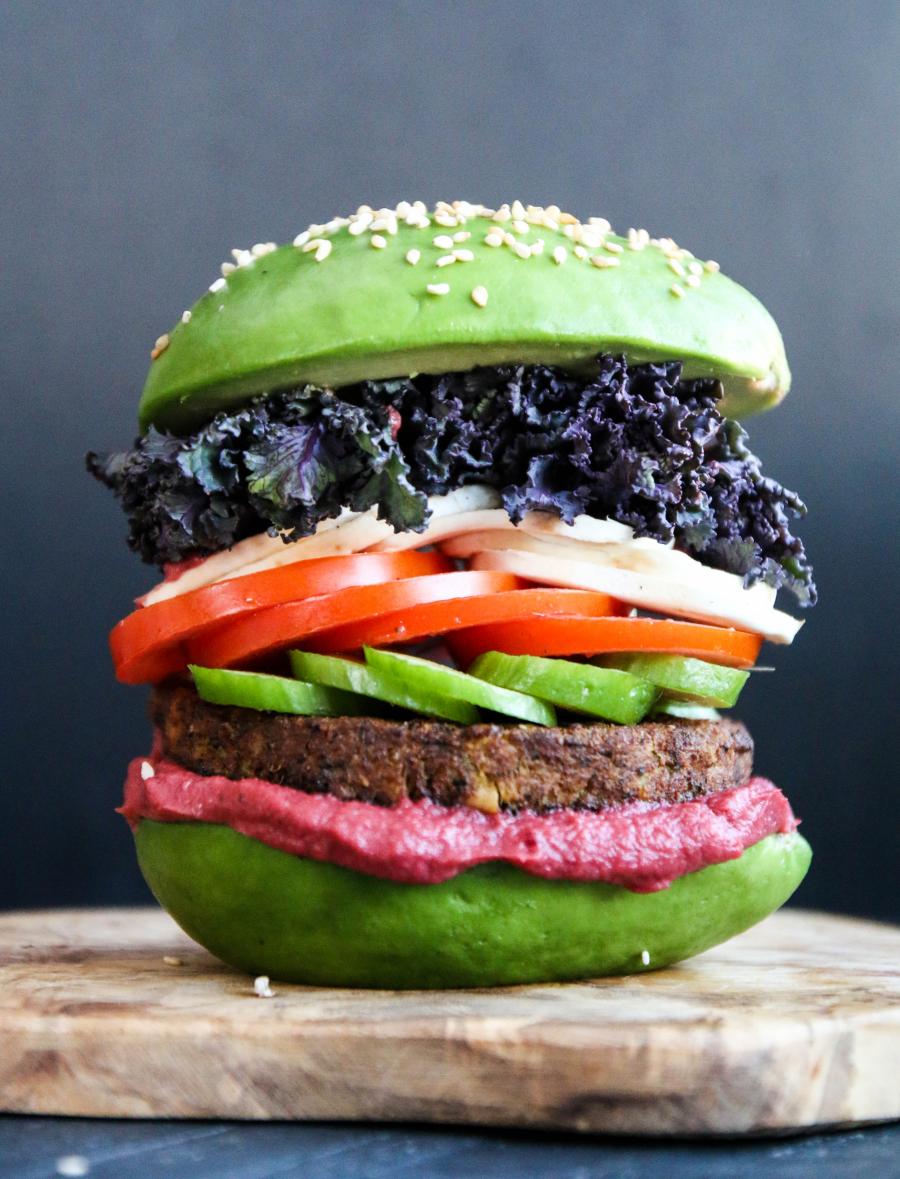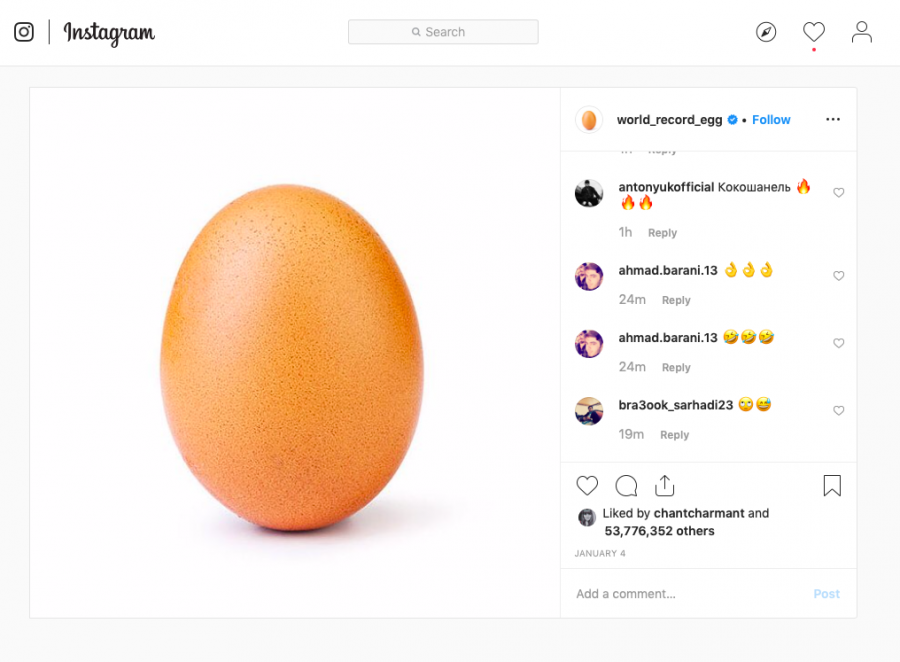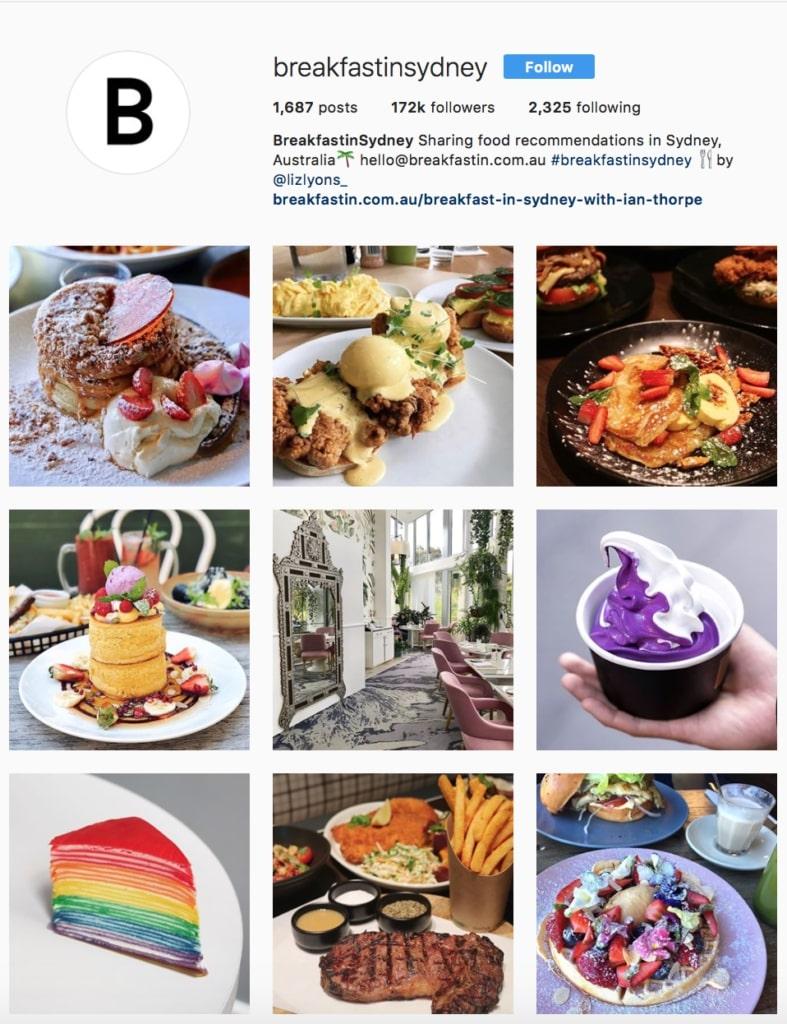
How Instagram affects the way we eat
Avocado toasts, rainbow bagels and crazy milkshakes are all the rage today in the food scene, and Instagram plays a big role in this. “Instagrammable” food has changed the way we view food, and how we consume it as well. Traditional food reviews used to be limited to restaurant reviews in newspapers, and food trends used to be featured on documentary style food shows that were broadcast on television channels like The Food Network.
Things have changed since the advent of social media, especially since Instagram was introduced to the world. Everything is much more instant, and this goes for food reviews as well. While in the past, being a food critic was an occupation in itself, and held in high regard, nowadays just about anyone can hold that title and review the latest food trend or restaurant themselves. All they need is an Instagram account.
#food: instagrammable food
Instagram as a social media platform is a mediator of our social activities, rather than an intermediary (van Dijck, 2013). It is a common misconception that social media only facilitate our behaviour, as these platforms also influence our behaviour and the choices we make, including how we consume our food. Social media do not just show the world what we eat, but also influence what we eat.

One of the biggest Instagram trends, the avocado burger
Even if users do not explicitly follow food accounts, they are more than likely to encounter food pictures on Instagram. The volume of food pictures on Instagram is astronomical. There are currently (in September 2019) over 357 million pictures posted under the hashtag #food. It is highly likely that if you use Instagram, you encounter food pictures.
Instagram as a platform
Instagram is one of the most popular social media platforms today. It acts as a performative infrastructure (Gillespie, 2010) for users. As mentioned, it is important to understand that it does not only facilitate our social activities but also mediates our behaviour (van Dijck, 2013). That is to say: social media have the ability to shape how we behave. As with other social media platforms, Instagram processes (meta)data through algorithms before presenting content to users (van Dijck, 2013).
Avocado toasts, rainbow bagels and crazy milkshakes are all the rage today in the food scene, and Instagram has a large role to play in this.
We would like to believe that we have a free will, that we make our own choices and choose the way we behave, especially online. However, algorithms, protocols and defaults profoundly shape our cultural experiences (van Dijck, 2013) when we use social media platforms. The restaurant that we choose to go to for our Sunday brunch, because it has the latest patisserie creation, was perhaps what we saw one of our friends post about online.
Instagram's algorithm shapes what we like and want, based on our previous activities (van Dijck, 2013). When users hit the ‘like’ button on Instagram, it is often about something ‘aspirational’. What young users for instance usually find aspirational resembles the ‘lifestyle of the rich and famous’ (Hou, 2018). Working-class people are looking at upper-class people eating avocados on toast, and may want it too. Based on the users' 'aspirational' liking, the algorithms promote such posts, contributing to the craving of an overpriced breakfast item.
How algorithms know what we want
An algorithm is a well-defined procedure that allows a computer to solve a problem. Instagram has specific algorithms to serve different needs, and they have various capabilities. In Instagram’s explore page, the algorithm is capable of favouring popular items to help us select among the many choices available (Nematzadeh et al., 2017). This explains why certain types of pictures do better on Instagram compared to others. While the original goal of algorithms was to identify high-quality items (Nematzadeh et al., 2017), they have since expanded their capabilities. Today’s algorithms have the ability to select the next popular post.
So how exactly does Instagram’s algorithm know what the next food trend will be? The answer is simple. It does not. Rather, the algorithm determines what will be popular next. Due to the fact that Instagram uses a popularity-based metric, its main focus is determining what will be popular and promoting it to users. This starts a cycle in which an initial rise in popularity of a post will prompt the algorithm to promote it further. A popular post will be registered as a high-quality post, allowing it to gain early popularity, which in turn makes it more visible (Nematzadeh et al., 2017) to the users.
The popularity principle can lead users to assume that popularity is a measure of quality.
For example, if the algorithm catches the fact that a certain food trend, like the crazy milkshakes, is garnering more likes, the algorithm understands this as a sign that it should promote these kind of posts, thus contributing to the creation of a culture surrounding this food trend. However, it is important to understand that this does not speak to the quality of these cultural products as that is difficult to establish, as noted by Nematzadeh and colleagues (2017). Since quality assessment is hard to do, algorithms and social media rely on quantitative features that can be provided by digital objects, an element of the digital architecture of social media that will be discussed below.
In her discussion on quantification on social media, van Dijck (2013) introduces the popularity principle, which can be described as being based on connectivity. This simply means that the more connected you are, the more popular you become. Since quality is hard to measure, also when it comes to online activity, the popularity principle becomes all-important. This can lead users to assume that popularity is a measure of quality.

Egg - post on Instagram
A perfect example here would be what is currently the most liked picture on Instagram: a picture of an egg. Posted by user @world_record_egg on January 4th 2019, it currently holds the record as the most liked Instagram picture with almost 54 million likes. As this picture is simply a stock photo of an egg with a white background, it cannot be considered as a high-quality post from a qualitative perspective. However, determined by quantifiable measures (number of likes) and the popularity principle, it has become 'popular' content.
The tools that the users are given essentially shape how they behave on the platform.
Another important element that is part of the composition of social media is the digital object (Langlois & Elmer, 2013). Digital objects are multifaceted cultural objects (Langlois & Elmer, 2013) which have the ability to orchestrate user behaviour. The tools that the users are given essentially shape how they behave on the platform. Like every other social media platform, Instagram has its own set of tools that create the experience for its users. For example, because Instagram gives users the ability to like photos, this shapes the behaviour of users that deliberately post certain types of pictures that they know will garner more likes.
How digital objects shape Instagram use
In their 2013 paper, Langlois and Elmer describe the concept of digital objects and explain it with reference to three distinct layers: media objects, network objects and phatic objects. As previously explained, digital objects play a large role in Instagram users' experience. Examining the three layers helps reveal how Instagram affects our behaviour, including our choices in food consumption.
The first layer is media objects. This is a semantic layer that refers to the fact that content signifies something (Langlois & Elmer, 2013). Features such as the like button and the comment section play a role in influencing behaviour as well as shaping participatory communication. The like button is one of the main features of Instagram as posts garner popularity through the number of likes that they earn. Thus, it is considered as a semantic layer as it signifies the extent of appreciation that a post gets. The same can be said for the comment section. This layer is the foundation of the platform and refers to the basic mechanisms of how the platform works.

An aesthetically pleasing Instagram feed
This leads to the next layer, which is the network object. This layer has to do with the ways in which different kinds of informational networks are connected together. It bridges together different profiles or websites and acts as an interface.
In 2018 Instagram introduced a feature that allows verified or business accounts to link a website in their stories. This allowed those users to connect different informational networks together. This also played a role in how food trends were shared. When influential Instagrammers were eating a certain food item that was trending, they connected their Instagram story to websites or even the account of a food store or a restaurant that sold these items. This feature also helps food trends spread in that it is handy for sharing recipes for the food that they made.
For example, since more and more consumers are making healthier food choices, users that made a vegan hamburger, would link the recipe that they had used. This allowed certain food trends to be spread at a faster rate as more people had access to these recipes and other related information. This interface feature allowed different kinds of informational economies to get attached to and act within a specific communicational context (Langlois & Elmer, 2013) to allow an easy and accessible flow of information. However, it is important to note that this layer also operates as a hidden layer as it collects information for targeted marketing and advertising, which is a more evident form of influencing behaviour.
As users aim to collect more likes on their posts, they try to fit within what they think is expected from a follower of this trend.
The phatic object, finally, aims to establish a specific kind of presence and relation among users, to make users visible to others. This does not only refer to being present online, but it is also about establishing one’s position and relation among an ecology of users and digital objects (Langlois & Elmer, 2013). It is about taking a stand on a certain issue or topic.
One of the biggest food trends of recent years is veganism. A study by Lundhal (2017) explored the role of media and celebrities in structuring the rise of veganism and found that media marginalize the ethical and political aspects of veganism and instead promote this fashionable new trend for aesthetic reasons. This means that veganism, while currently a trendy diet, is susceptible to other trends in the future. From the point of view of ethics and politics, people aren’t being vegan for the right reasons, but instead are being influenced by what they see on social media. As users aim to collect more likes on their posts, they try to fit within what they think is expected from a follower of this trend. Thus the trendiness and popularity of aesthetic veganism becomes strengthened through the popularity principle. Phatic objects like these on Instagram pattern users’ behaviour (Langlois & Elmer, 2013) and eating habits, as revealed by current food trends.
Instagram, the real social media influencer
The time we spend scrolling absent-mindedly on Instagram while trying to wake up in the morning, or while waiting for the bus or even while sitting on the toilet might seem arbitrary, but we should take into account the mechanisms that regulate our behavior. There are many ways that Instagram can have an influence on the food and food content that we consume, from the algorithms to the digital structure of the interface. It is not something that we can escape, as our online and offline lives are intertwined (van Dijck, 2013).
Social media holds a tremendous amount of power over us, including the ability to influence the choices we make when it comes to food. Being aware of its power, we should be a little more mindful of what we expose ourselves to. Social media have the power and capability to elicit behavioral changes among its users.
References
Dijck, J. van (2013). The culture of connectivity: A critical history of social media. Oxford: Oxford University Press.
Gillespie, T. (2010). ‘The relevance of algorithms’, in T. Gillespie, P. Boczkowski & K. Foot (eds), Media technologies: essays on communication, materiality, and society. Cambridge: MIT Press.
Hou, M. (2018). Social media celebrity and the institutionalization of YouTube. Convergence 25 (3), 534-553. 1354856517750368.
Langlois, G., & Elmer, G. (2013). The research politics of social media platforms. Culture Machine, 14.
Lundahl, O. (2017). From a moral consumption ethos to an apolitical consumption trend: The role of media and celebrities in structuring the rise of veganism.
Nematzadeh, A., Ciampaglia, G. L., Menczer, F., & Flammini, A. (2017). How algorithmic popularity bias hinders or promotes quality. arXiv preprint arXiv:1707.00574.